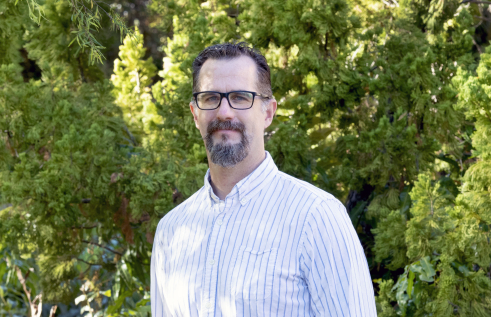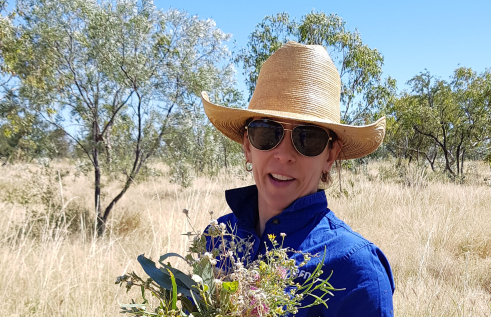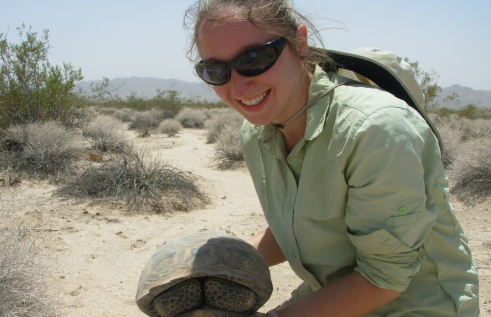RIEL seminar series
HDR Talks
| Presenter | Alex Carey and Angga Rachmansah | |
|---|---|---|
| Date |
|
|
| Time |
to
|
|
| Contact person | E: RIEL.outreach@cdu.edu.au | |
| Location |
CDU Casuarina Campus Yellow 1.1.39 and online Zoom: https://charlesdarwinuni.zoom.us/j/88684926960 |
|
| Open to | Public | |
The use of spatial metrics in fire ecology presented by Alex Carey
Alex is a PhD candidate with the Research Institute for the Environment and Livelihoods at Charles Darwin University who is currently pursuing genetic questions for threatened species conservation on the Tiwi Islands.
Through this presentation Alex will discuss how the spatial components of fire regimes have been understudied in comparison to the temporal and intensity components. This has been attributed to the difficulty in obtaining high-quality spatial data, the dominant focus on plants of low dispersal, and the overall difficulty of design and implementation. However, many of these limitations have faded in recent years with new technologies, experimental approaches, and a broad focus on plants, animals, and ecosystems. As a result many spatial metrics are now being used, leading to new, but potentially inconsistent, findings.
Alex will discuss a review that explored what spatial metrics of fire are being used, how they are defined, and what methods are employed to analyse the impact on populations.
Lizard responses to experimental fire regimes in an Australian tropical savanna presented by Angga Rachmansah
Angga is a PhD candidate with the Research Institute for the Environment and Livelihoods at Charles Darwin University whose research interests lie in the ecology and conservation of amphibians and reptiles.
In this seminar Angga will show that fire is a primary disturbance agent that plays a key role in shaping biodiversity in savanna ecosystems. However, the effects of different fire regimes on a major faunal group in tropical savannas, lizards, are still poorly understood. This hinders the development of appropriate fire management for biodiversity conservation. A controlled fire experiment at the Territory Wildlife Park in northern Australia has been running for 20 years, providing an opportunity to study the long-term impacts of different fire regimes on lizards.
Angga will share the preliminary results of how lizards respond to the fire experiment and the possible mechanism that underlies their responses.
Related Events

Loss of Earth's old, wise and large animals
Read more about Loss of Earth's old, wise and large animalsIn this seminar, Keller will outline that humans have caused a decline in old age-classes of wild animal populations whereby many of Earth’s oldest, often largest, and most experienced individuals have been eliminated from ecosystems.

A biome approach to plot-based vegetation classification in northern Australia
Read more about A biome approach to plot-based vegetation classification in northern AustraliaIn this seminar, Donna will present a floristic plot-based classification of the Australian tropical savanna biome using a composite of vegetation plot-based data sourced from the Queensland, Northern Territory and Western Australia governments, TERN, and non-government organisations.

Host–pathogen–microbiome interactions
Read more about Host–pathogen–microbiome interactionsDr Chava Weitzman will discuss the relative ease and challenges of studying emerging diseases in two groups of hosts, tortoises and house finches, each impacted by a bacterial Mycoplasma pathogen.
